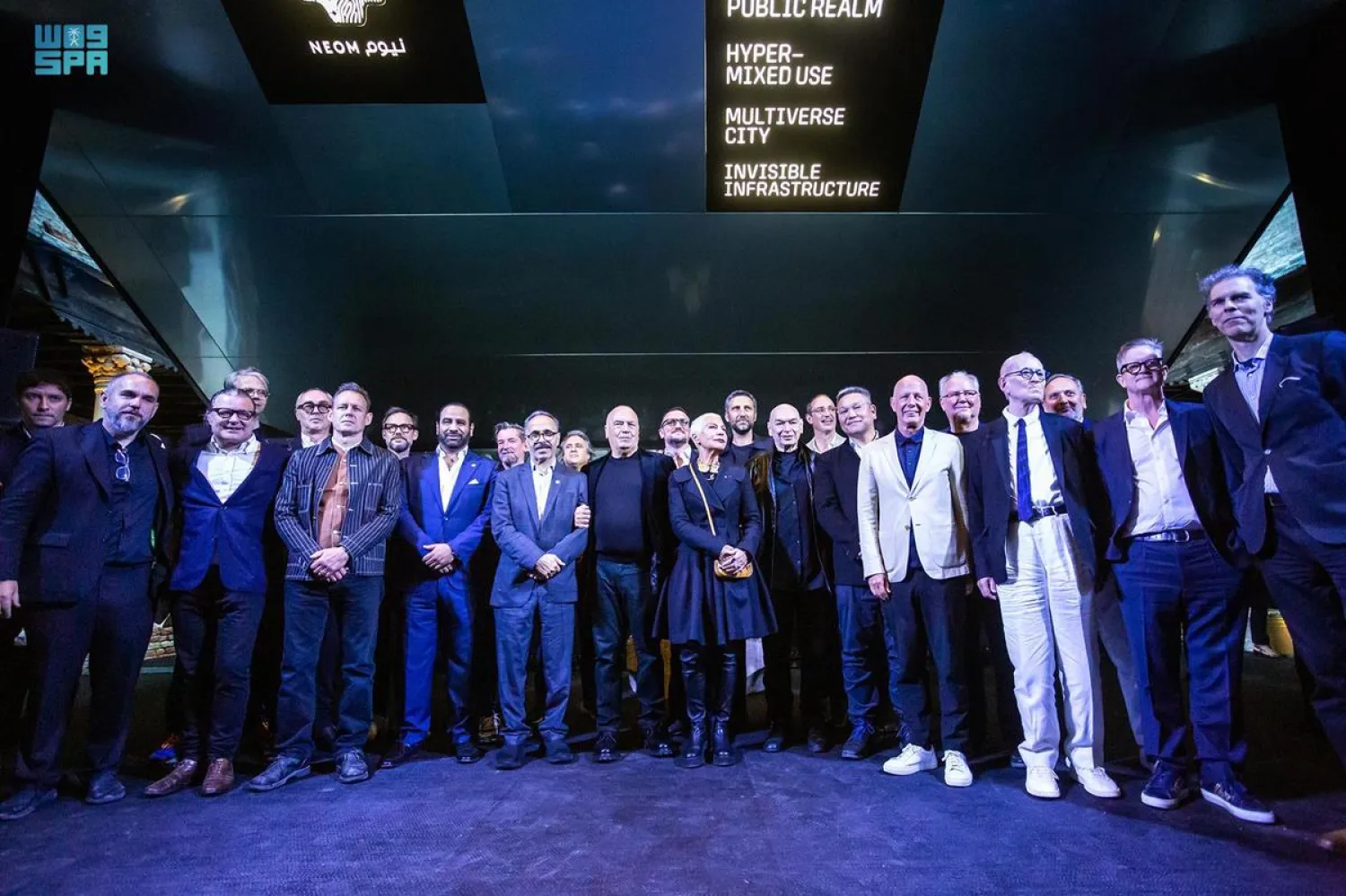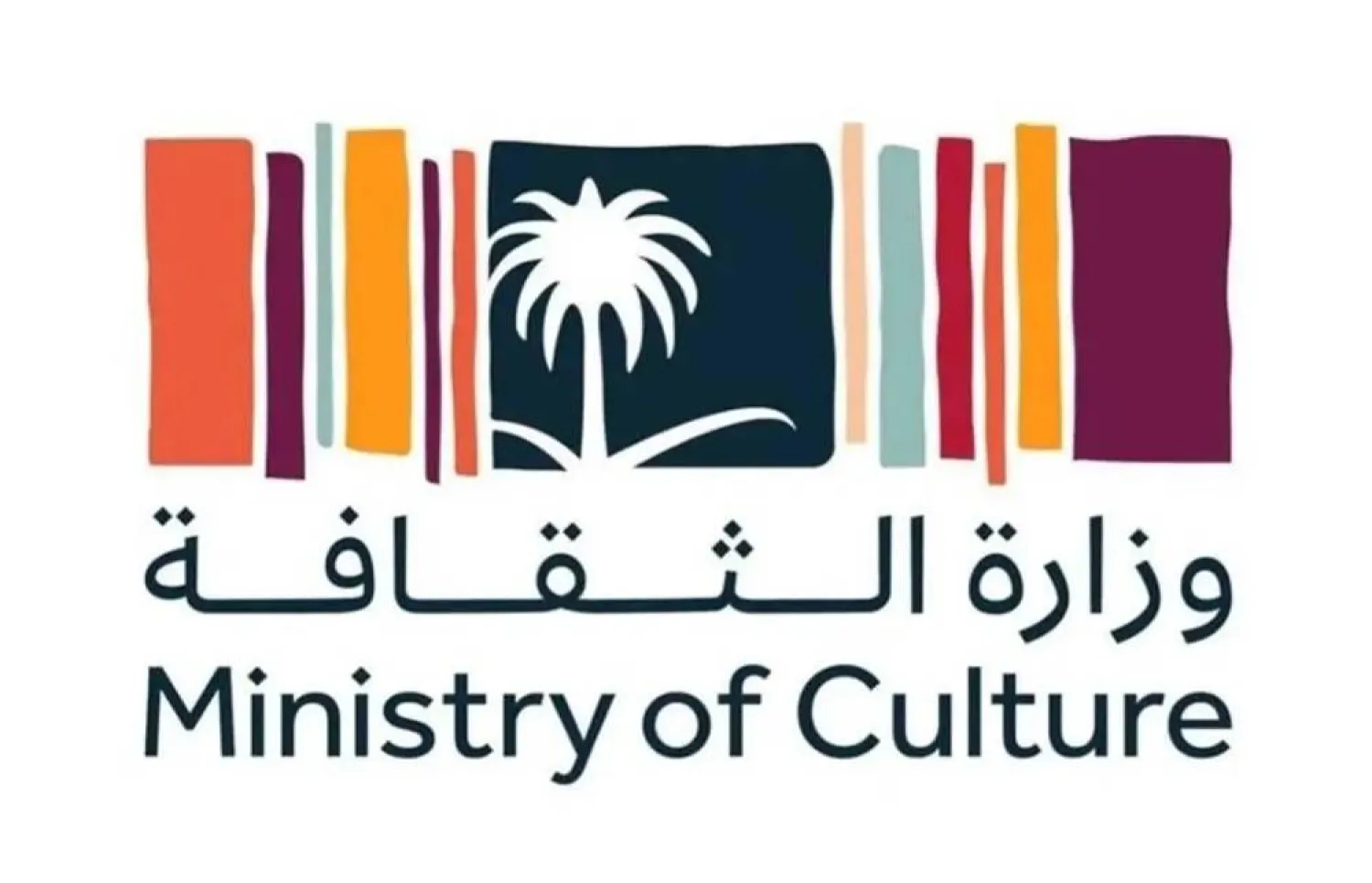More than 20 of the world’s leading architects, designers and future thinkers led a major opening event for NEOM’s first international exhibition in Venice. The exhibition marks the launch of the concept of Zero Gravity Urbanism and the design principles behind THE LINE, NEOM’s groundbreaking linear city.
Saudi Minister of Culture Prince Badr bin Abdullah bin Farhan has participated in a private ceremony before the official opening of the exhibition, while he was in Venice on an official visit to Italy.
Sir Peter Cook, Massimiliano Fuksas, Jean Nouvel and Ben van Berkel were among the world-renowned architects who joined CEO Nadhmi Al-Nasr and other representatives from NEOM leadership on stage. Their presence marked their collective contribution to the development of the principles of Zero Gravity Urbanism, and reflected the global significance of this moment.
They were joined by more than 100 other architects and urban experts at the opening reception at the Abbazia di San Gregorio in Venice. Zero Gravity Urbanism represents one of the most significant proposals on how cities could be designed and built to have been put forward in generations.
NEOM’s landmark architecture exhibition Zero Gravity Urbanism – Principles for a New Livability is now open to visitors and runs from May 20 until September 24.
Set in the historic Abbazia di San Gregorio, one of Venice's oldest buildings, the exhibition's focal point is a large-scale 9x13m relief plan of NEOM set in in the central courtyard, reflecting THE LINE’s minimal and harmonious interaction with its natural environment and its passage through coastal, mountain and desert landscapes.
Zero Gravity Urbanism is a linear and three-dimensional concept that provides an innovative alternative to our current urban model. Created to address key challenges, including a growing demand for urban land, rising social and economic inequalities, and climate change, it is a model for developing cities with a radical approach to nature conservation, livability and human progress.
Connecting pressing global challenges with viable urban solutions, the relief plan’s surrounding cloisters and exhibition rooms present concepts, drawings and models created by the international architecture community in response to these global challenges.
NEOM is presenting a series of talks from leading architects, academics and urban thinkers on the sidelines of the exhibition.
“Brought to life in Venice through the design proposals and intellectual contribution of the world’s leading architects and urban thinkers, Zero Gravity Urbanism represents a proposal of how humanity can better respond to the urban challenges we face globally,” said Chief Urban Planning Officer of NEOM Antoni Vives.
Tarek Qaddumi, Executive Director of Urban Planning of NEOM, said, “Tonight represents an important next step onto the global stage for Zero Gravity Urbanism, as the world’s wider architecture community now has the opportunity to see the depth of thinking and work that has gone into this incredible project by so many prominent thinkers and architects.”









